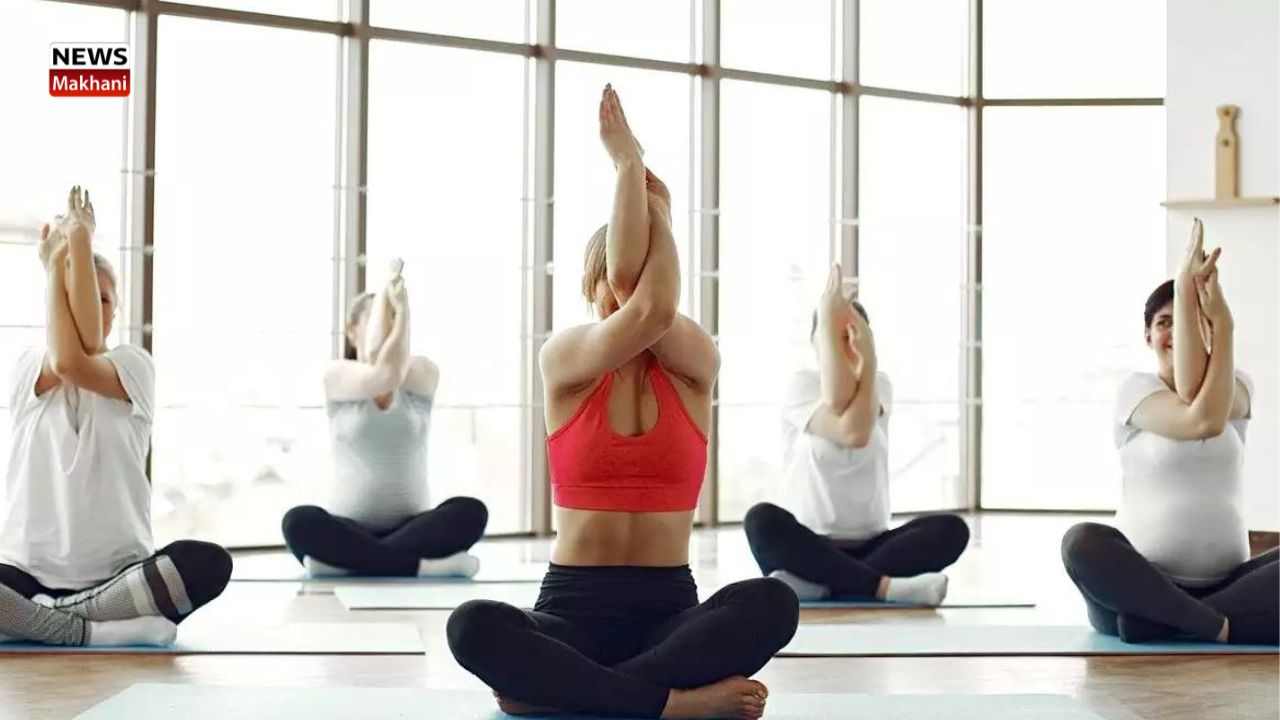Yoga has gained popularity in recent years, especially among young people since it provides both physical and mental fitness. The old approach has become even more essential in light of the Covid epidemic due to its advantages in treating chronic symptoms like breathing problems, exhaustion, and cardiac problems. Many people’s journeys change their lives, but because people want results quickly, many of them end up with injuries that are typically brought on by overstretching of the joints, muscles, and tendons. To benefit from a particular yogasana, it’s crucial to understand the proper alignment, speed, and posture in addition to the position itself.
Before performing more strenuous asanas, there are stretches that may be done to warm up your muscles and joints. Yoga is a full lifestyle that includes diet, some niyams, abstinences, pranayama, dhyana, among many other components. However, often people mistake it for only an exercise regimen.
To avoid injury, yoga practitioners should follow these steps:
1. Establish a mind-body link
You may establish a connection with your body and breath by practicing yoga regularly. Understanding how specific muscle groups are used in different positions is now available. Injuries can be prevented by developing your dynamic motion skills. Yoga has been demonstrated to improve balance and endurance, which reduces muscle fatigue. Yoga’s main goal is to strengthen the mind-body connection, and it is this component that is essential for avoiding injuries.
2. Take care of your posture and breathing
Prior to practicing, be aware of the correct alignment for each position. In addition to ensuring that you get the most out of your practice, this helps to prevent injuries. If you already have an injury, be cautious and stay away from specific poses. The breath rate also needs to be coordinated. By taking your time, you can learn and comprehend the appropriate breathing method for each asana.
3. Start slow
A yoga practice never has a dull moment. Every day presents an opportunity to learn something new and a fresh start. In general, you should be willing to learn, but you should also practice restraint until you feel comfortable doing so. Yoga may be physically demanding and intimidating if you have never exercised or engaged in any physical activity before. Start off gently and be sure to develop your fundamental stances.
4. Postures that lower risk of injury
Three poses, Dandasana, Malsana, and Santolansana, can aid in improving the stability of the body. Depending on the nature of your injury, you can execute particular asanas. Standing poses like Samasthithi, Vrikshasana, and Ekapadasana can protect your back and prevent injuries. Yoga should be practiced to effectively prevent and treat injuries. Asanas like Prasarita Padottanasana and Padahasthasana might help you strengthen your hamstring flexibility because they are among the most common types of workout accidents. You can improve your core stability and safety with Naukasana.
5. Move carefully
You run the risk of pushing yourself too far and injuring yourself if you don’t practice slowly. The best method to attain your objectives when practicing yoga practices like physical postures, pranayama, or meditation is to move gently. Avoid rushing and losing patience.
6. Make sensible goals
Yoga is the ideal practice for assisting you in internalizing the notion that goals are crucial. Yoga gives you the strength to endure whenever you attempt an asana and find it difficult. Therefore, completing that asana becomes your objective, which motivates you to keep trying the pose until you are successful in it. However, it’s crucial to move slowly and be kind to yourself. Yoga teaches us how to maximize the amazing breathing and life systems that God has given us. It is a science of the body. By becoming aware of your body, you can form a close relationship with it.
7. Avoid exercising just after eating
After eating, do not immediately begin your practice. Try to wait at least two hours before eating or practicing. Additionally, it’s a good idea to postpone taking a bath right after practice. Your lunch and practice should be separated by at least 30 minutes. The food you eat affects how your body is now feeling and how healthy you are. If you want to develop yourself, enrich the food that you eat.

 English
English






